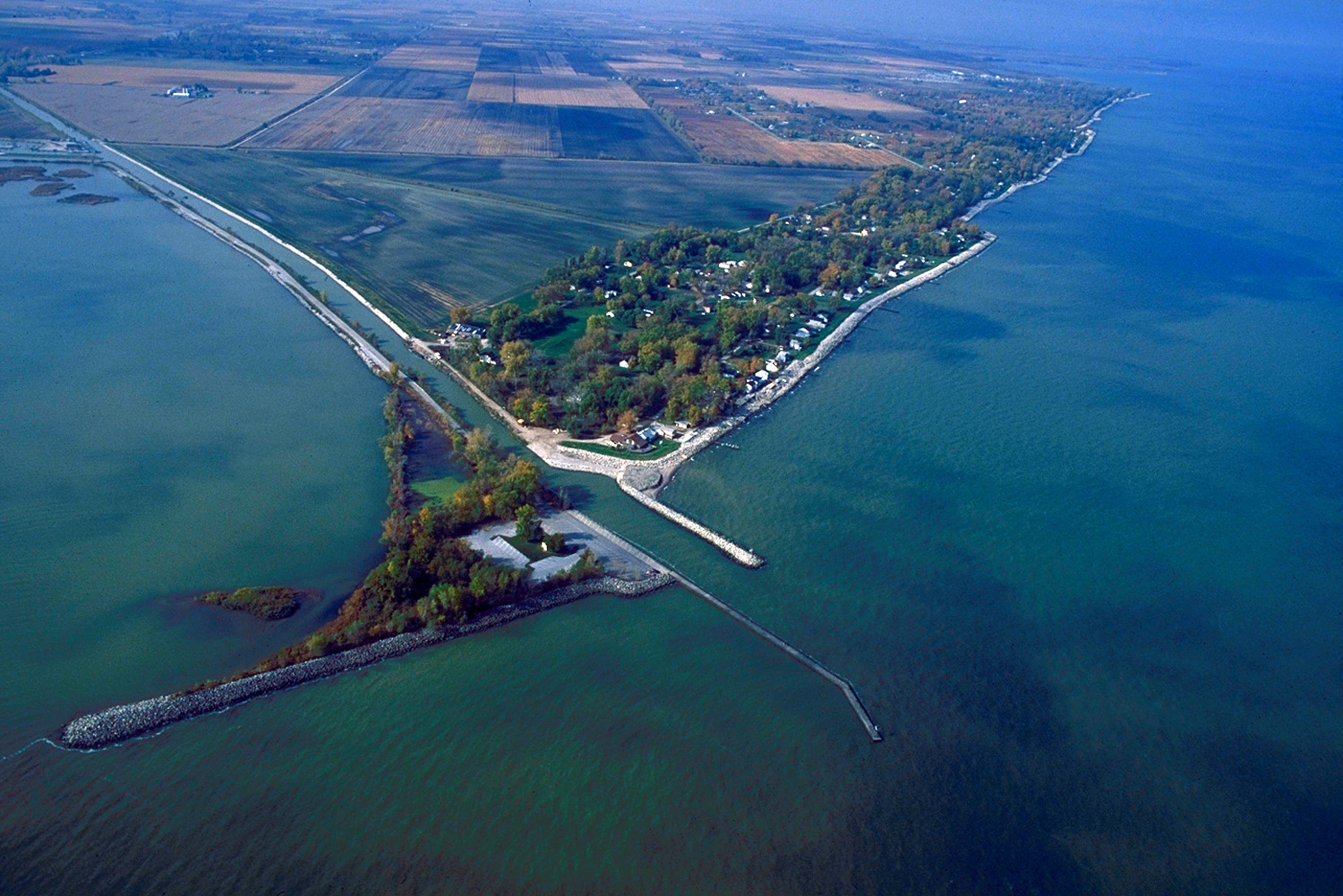Ostara Nutrient Recovery Technologies Inc. announced that its been awarded a grant from Environment and Climate Change Canada (ECCC) for a research project that will address both non-point and point source phosphorus pollution in the Lake Erie watershed.
Phosphorus is an essential nutrient and a building block of life. If mismanaged, phosphorus can cause nutrient overload in waterways contributing to toxic algae blooms that are harmful to aquatic life.
“Protecting precious natural resources drives to the core of our business and we are honored to receive continued support from the Canadian government to champion these efforts as part of the ECCC’s Great Lakes Protection Initiative,” said Dan Parmar, CEO of Ostara. “Delivering opportunities for conservation practices that increase yields to Canadian agriculture helps close the loop on phosphorus and set the tone for the future of sustainable crop nutrition.”
The research project aims to demonstrate how municipalities and farms can both help battle nutrient pollution with one solution: nutrient recovery. Reclaiming nutrients from municipal, livestock, and industrial wastewater Ostara’s Pearl® technology produces a land-applied, high-yielding granular fertilizer that reduces nutrient runoff (Crystal Green®).
The agronomic research, being conducted on Crystal Green in partnership with the University of Guelph, will include:
- Phosphorus runoff data focused on the reduction of non-point source pollution comparing Crystal Green’s citrate-soluble release to a traditional fertilizer application.
- Multi-year field trials focused on provincially viable crops – corn, beans and winter wheat.
- Yield data comparing combinations of traditional fertilizers with Crystal Green.
The goal is to reduce up to 33 per cent of traditional water-soluble fertilizer sources, which contribute to phosphorus run off, and replace them with Crystal Green.
“This partnership is uniquely valuable in that it advances innovative solutions for both point and non-point sources of phosphorus with broader implications for water, food security, and beyond,” said Dr. David Hooker, associate professor at University of Guelph. “Working alongside Ostara to learn more about the phosphorus recovery process will help provide us with the data necessary to revolutionize agriculture practices while protecting natural resources. We are excited about the possibilities.”
The phosphorus recovery research will explore pathways to implement nutrient recovery at eligible wastewater treatment plants in the Waterloo Region. This project will serve to:
- Highlight the benefit of updating infrastructure to leverage technologies that can reduce point source pollution by returning cleaner water to area lakes and streams.
- Reduce phosphorus content in biosolids produced by wastewater treatment plants (reducing water-soluble phosphorus land applied within the watershed).
- Renewably recover phosphorus for responsible reuse as a phosphate fertilizer that reduces runoff.
“Resource recovery is one of the innovative strategies recently recommended in the Region of Waterloo Wastewater Treatment (WWT) Master Plan. We believe this project is an excellent opportunity for the Region of Waterloo to optimize the operation of the Elmira WWT plant to remove phosphorus biologically and then recover it in a sustainable and efficient way,” said José Bicudo, senior project engineer of wastewater operations at the Region of Waterloo.
This project also presents an opportunity to increase public participation in citizen science, specifically:
- the public will be invited to an open house at the treatment plant;
- a student(s) from a local post-secondary institution will assist in managing day-to-day operations of the pilot;
- and University of Guelph students will participate in executing the agronomic trials.









